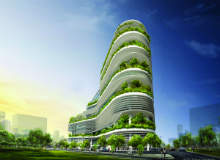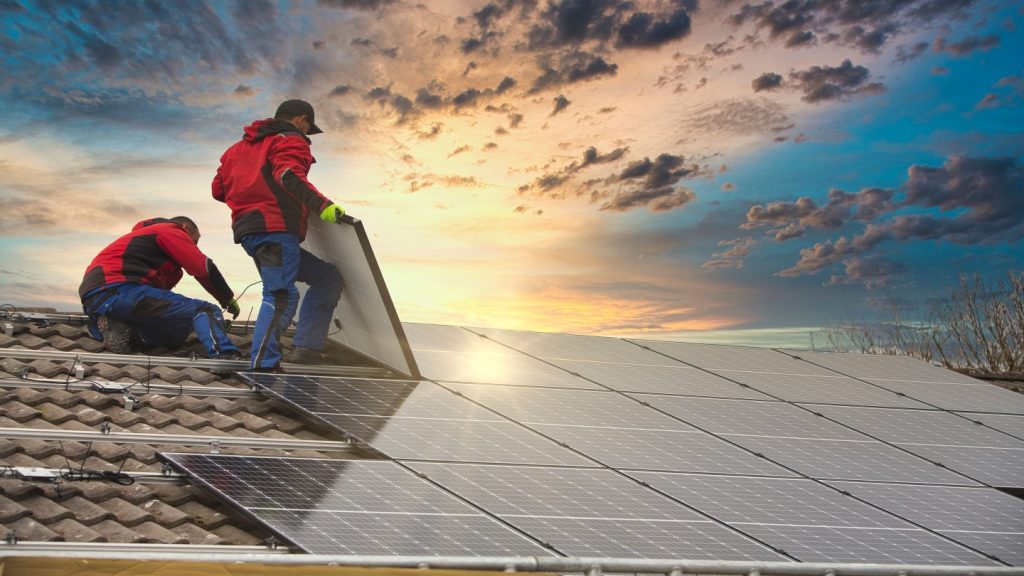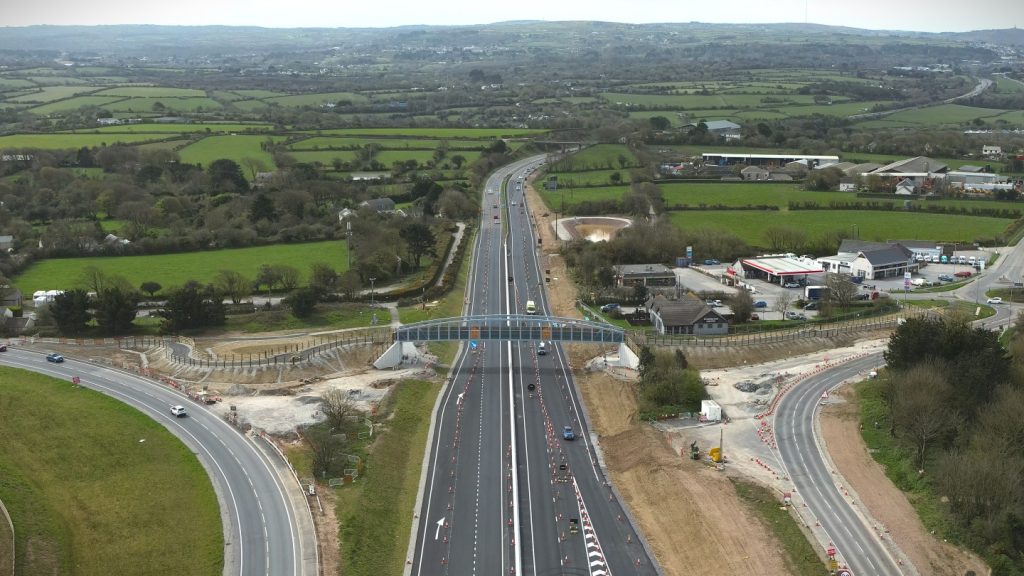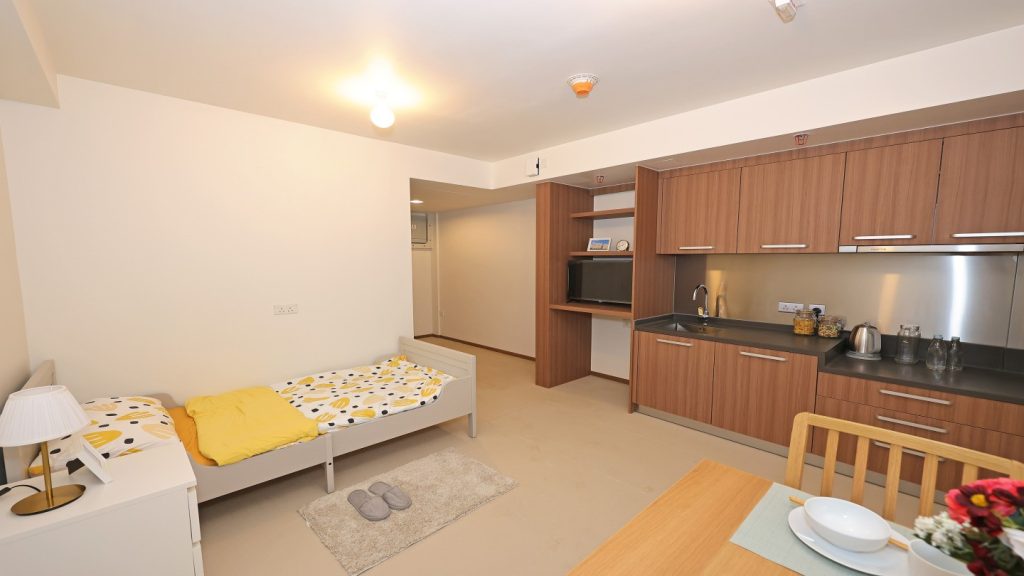
Sun-shading, solar gain reduction and the harnessing of natural light have been fundamental principles of intelligent design ever since man first stopped sleeping under the stars and moved indoors. For generations, in fact, such questions of design were considered so rudimentary as to engender little or no discussion.
One might have said the same thing about the drawbacks of building glass skyscrapers in the desert, but man is nothing if not contradictory. As megascale and high-rise projects have become de rigueur across the globe’s hottest regions, architects have been forced to review how traditional building methods can be translated across much larger canvases, and where new technologies and materials might enable them to overcome the challenges posed by the sun.
This had led to the rather counterintuitive situation where some of the world’s most environmentally progressive buildings can be found in the world’s least sustainable environments. A case in point is Dubai. The emirate has long been under attack by the green lobby, and other design and architecture community members, who believe iconic skyscrapers and vanity projects have come at the expense of a sustainable master plan.
But the money spent on such projects, and the quality of architects recruited, means it has also become a sandbox for the development, trial and installation of solar technologies unsurpassed anywhere else on Earth.
The eco benchmark
Index Tower by Foster + Partners, a mixed-use development of office, apartment and lower-level commercial space constructed on a 20,000m² corner site in the Dubai International Finance Centre, is one of the finest examples of this fusion of scale, sunshine and sustainability. Winner of last year’s Council on Tall Buildings and Urban Habitat Award for Best Tall Building in the Middle East and Africa, it was cited by the jury as "a model for developing sustainable built environments in the Middle East region, as well as other similar climatic environments". It is, somewhat surprisingly, also the megapractice’s first completed building in Dubai and makes quite an opening statement, both in terms of aesthetics and performance. As with all truly successful projects on this scale, the two strands work in close harmony.
See Also:
This is most visibly evidenced by the four tapering A-frame fins buttressed at the east and west elevations in the top section of the building. The structures support 25 levels of column-free office space, while also shielding solar glare. Each of the office floor plates comprises three 27×27m column-free bays supported at each end.
How well do you really know your competitors?
Access the most comprehensive Company Profiles on the market, powered by GlobalData. Save hours of research. Gain competitive edge.

Thank you!
Your download email will arrive shortly
Not ready to buy yet? Download a free sample
We are confident about the unique quality of our Company Profiles. However, we want you to make the most beneficial decision for your business, so we offer a free sample that you can download by submitting the below form
By GlobalDataThen there is its positioning. Index Tower is oriented east-west to not only give the best views, but also reduce solar gain and limit the cooling required – tinted glass is another contributor to this process. The more exposed southern elevation has an additional sunshade system to shield the interior apartments and offices from the sun.
The central core of the firm’s design incorporates a heat-absorbing and sun-shading system to reduce the costs of air-conditioned cooling. But the sun is not solely treated as a nemesis. The eco-friendly nature of the building makes as much use of natural light as possible and includes features to provide a natural cooling effect.
Only its structural fins and cores stretch all the way down, while the rest of the ground-level space opens up in an open-air shaded atrium with large pools that create a cool microclimate around the tower’s entrances. A 200m-long pool wraps around the edge of the tower: its tranquil inlets help to further temper the climate of the transitional spaces, reflect indirect light, and animate the entrance with the sound and motion of water cascading over the smooth stone shingles.
Microclimate creation
Dubai boasts a number of other projects – Reiser + Umemoto’s lace-like office tower O-14 and Park Gate by Adrian Smith + Gordon Gill Architecture being prime examples – that successfully marry high aesthetics with solar shading.
But it is not only the Middle East that is pushing boundaries. Solaris offers a change of pace in the face of such corporate monoliths. Located in the Fusionopolis hub of central Singapore’s one-north business park, it operates as a research and development hub for the technology, media, physical sciences and engineering industries. Built at an estimated cost of £55 million, it was shortlisted for this year’s RIBA Lubetkin prize and has already received the BCA Green Mark Platinum rating, the highest certification in green and sustainable building.
The building sits on a 7,734m² site, stands 80m high and comprises two tower blocks separated by a glass-roofed public plaza. The first tower block has 15 levels and the second tower nine, while both have landscaped rooftop gardens.
A climate-responsive façade features extensive sun-shading louvres, intensive analysis of the local east-west sun path determining their shape and depth. They also double as light shelves. This solar-shading strategy reduces heat transfer across the building’s low-e double-glazed perimeter façade, contributing to an extremely low external thermal transfer value of 39W/m2. The sunshade louvres further assist in establishing comfortable microclimates in habitable spaces along the building’s exterior. The combined linear length of the building’s sunshade louvres exceeds 10km.
But perhaps the most defining element of Solaris, designed by Malaysia-headquartered firm TR Hamzah & Yeang, is the 1.5km-long landscaped spiral ramp that connects the ground floor of one-north park and the basement eco-cell with the tallest tip of the building, ending in the rooftop gardens. It coils around the building’s face like a ribbon, followed by a parallel pathway that serves as a linear park, creating a social forum for occupants and enabling the maintenance staff to access the planted ramp from outside. The extensions and presence of plants help to keep the façade cool.
The continuity of the landscaping is a key component of the project’s ecological design concept as it allows for fluid movement of organisms and plant species between all vegetated areas within the building, enhancing biodiversity and contributing to the overall health of these ecosystems. The ramp, with its deep overhangs and large concentrations of shade plants, is another element in a comprehensive strategy for the ambient cooling of the building’s façade.
Light work
Throughout the year, the average daytime temperature in Singapore never dips below 29ºC (85ºF) and environmental controls, both natural and technological, are essential. A cornerstone of the Solaris project’s success is its ability to harness solutions from the surrounding tropical environment, such as solar shading from plant canopies, allayed with a series of building quirks and installations that further drive efficiency and performance.
Particularly impressive is the extent to which a project of this size uses natural light while reducing solar gain. The main enabling factor behind this is a diagonal shaft that cuts through the upper floors of Tower A, allowing daylight to penetrate deep into the building’s interior. Internal lighting operates on a system of sensors that reduces energy use by automatically turning off lights when adequate daytime lighting is available. Landscaped terraces within the solar shaft bring added quality to adjacent spaces and enhance views up into the building from the street below.
The public plaza has a slanted glass operable roof that allows natural ventilation and sunlight to percolate through the interiors, and the spiral ramp expands into double-volume sky terraces at the building’s corners, with the landscaped area increasing the structure’s green footprint and controlling temperature.
An eco-cell is located at the north-east side of the building where the spiral ramp meets the ground. This sheltered area supports plants and allows cross-ventilation to the basement car parks. Situated at the lowest floor of the eco-cell are storage tanks and pumps for rainwater harvesting. A pocket park, which functions like an open plaza, is connected to the open north park next to the building and allows cross-ventilation to the open ground-floor plaza.
Solaris and Index Tower demonstrate how large-scale developments must harness – rather than wage war upon – their immediate environment. The initial phase of international studios frantically building high-rises in the heat was all too often defined by the commissioning of projects first conceived for more temperate climes. Stronger legislation, greater awareness and an industry that is starting to prize sustainability over scale have all combined to create an architecture that speaks both to, and of, its milieu.
It looks as though man will be building glass boxes in the desert for some time to come.







